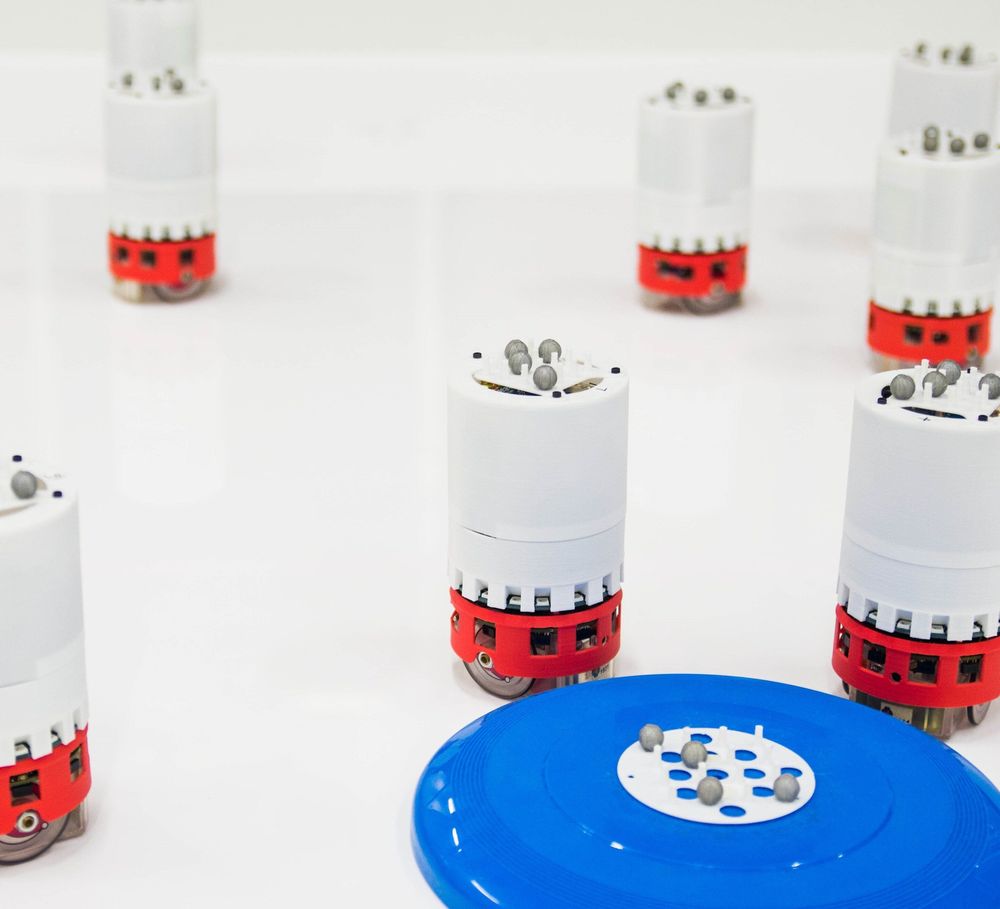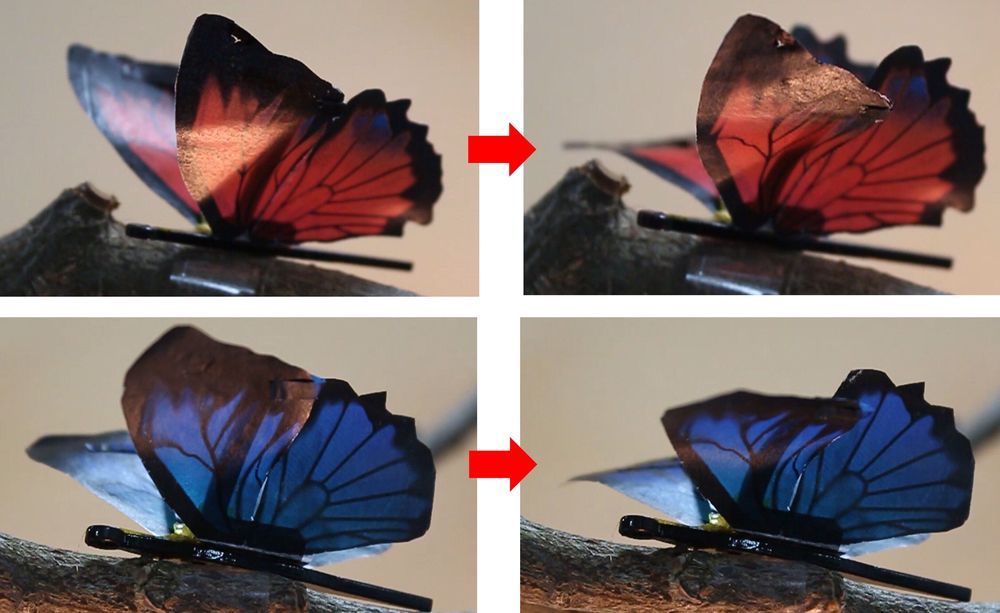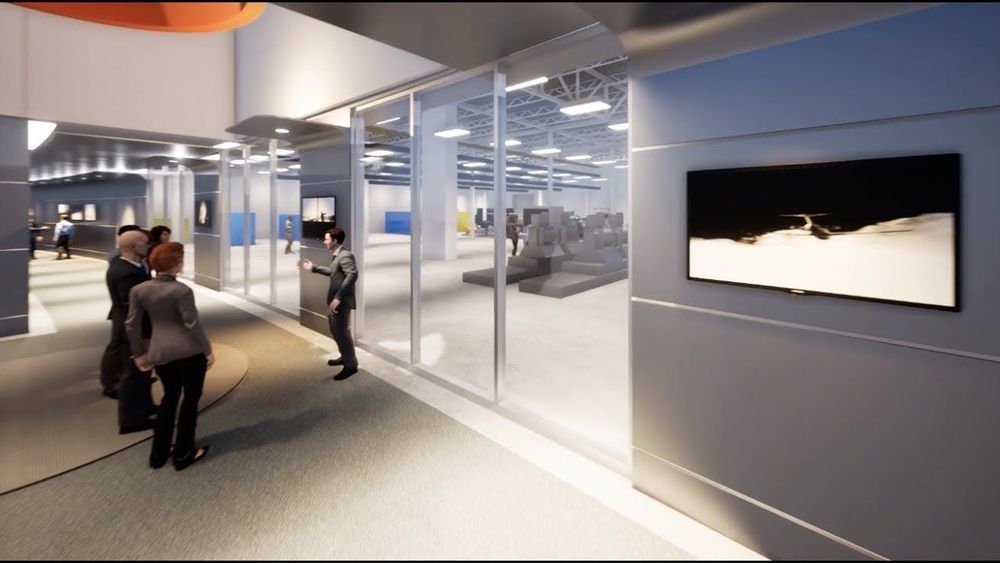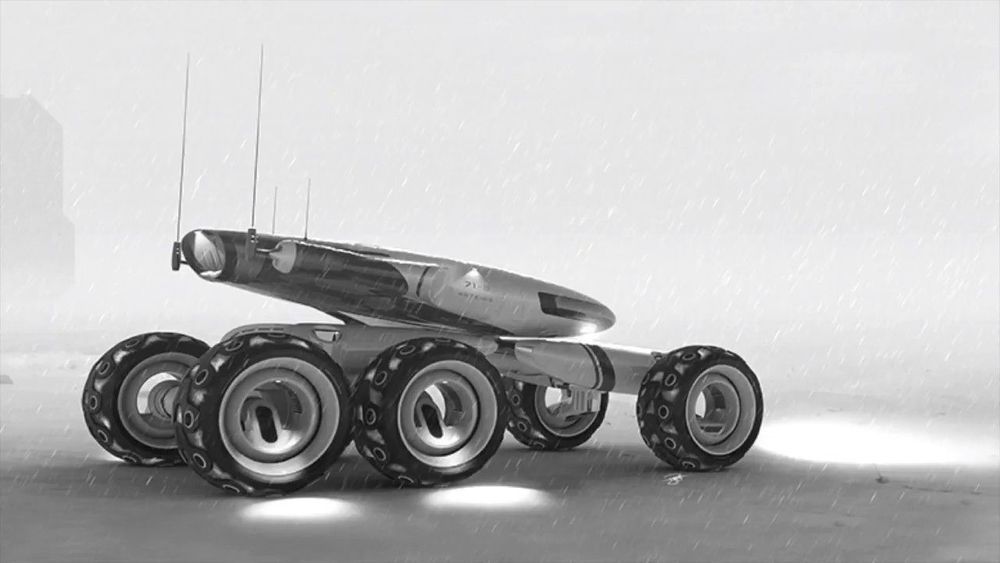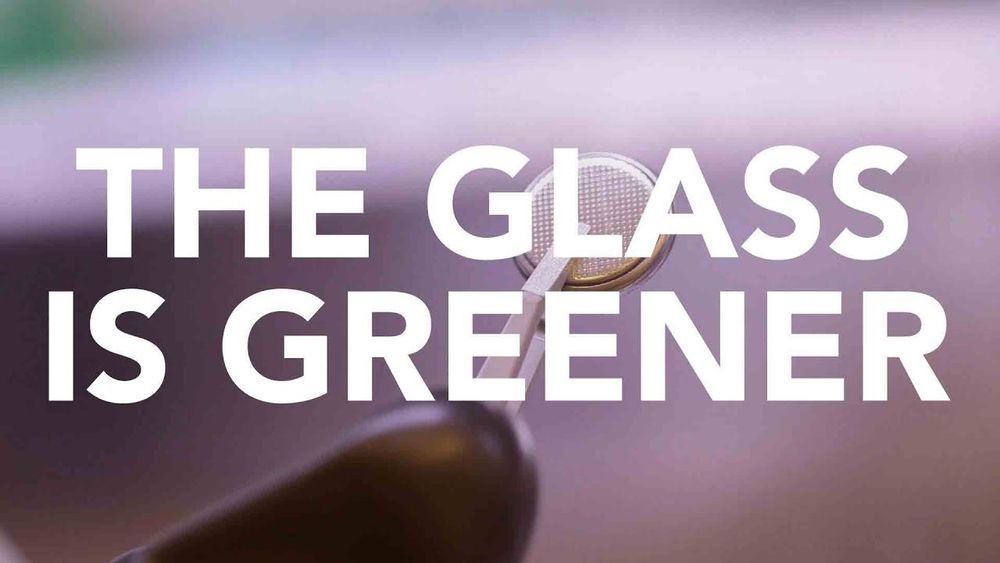A team of Australian researchers has designed a reliable strategy for testing physical abilities of humanoid robots—robots that resemble the human body shape in their build and design. Using a blend of machine learning methods and algorithms, the research team succeeded in enabling test robots to effectively react to unknown changes in the simulated environment, improving their odds of functioning in the real world.
The findings, which were published in a joint publication of the IEEE and the Chinese Association of Automation Journal of Automatica Sinica in July, have promising implications in the broad use of humanoid robots in fields such as healthcare, education, disaster response and entertainment.
“Humanoid robots have the ability to move around in many ways and thereby imitate human motions to complete complex tasks. In order to be able to do that, their stability is essential, especially under dynamic and unpredictable conditions,” said corresponding author Dacheng Tao, Professor and ARC Laureate Fellow in the School of Computer Science and the Faculty of Engineering at the University of Sydney.

